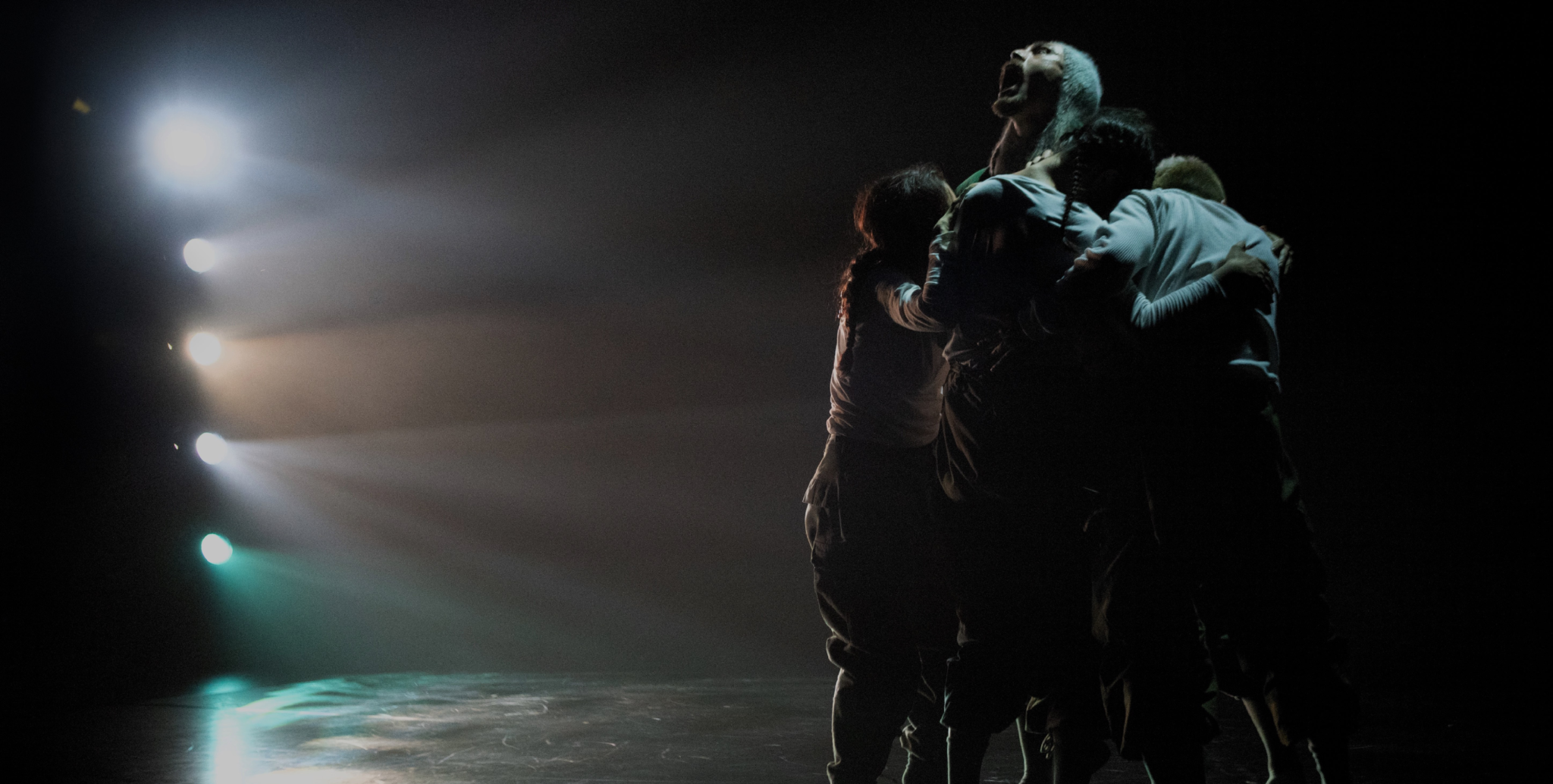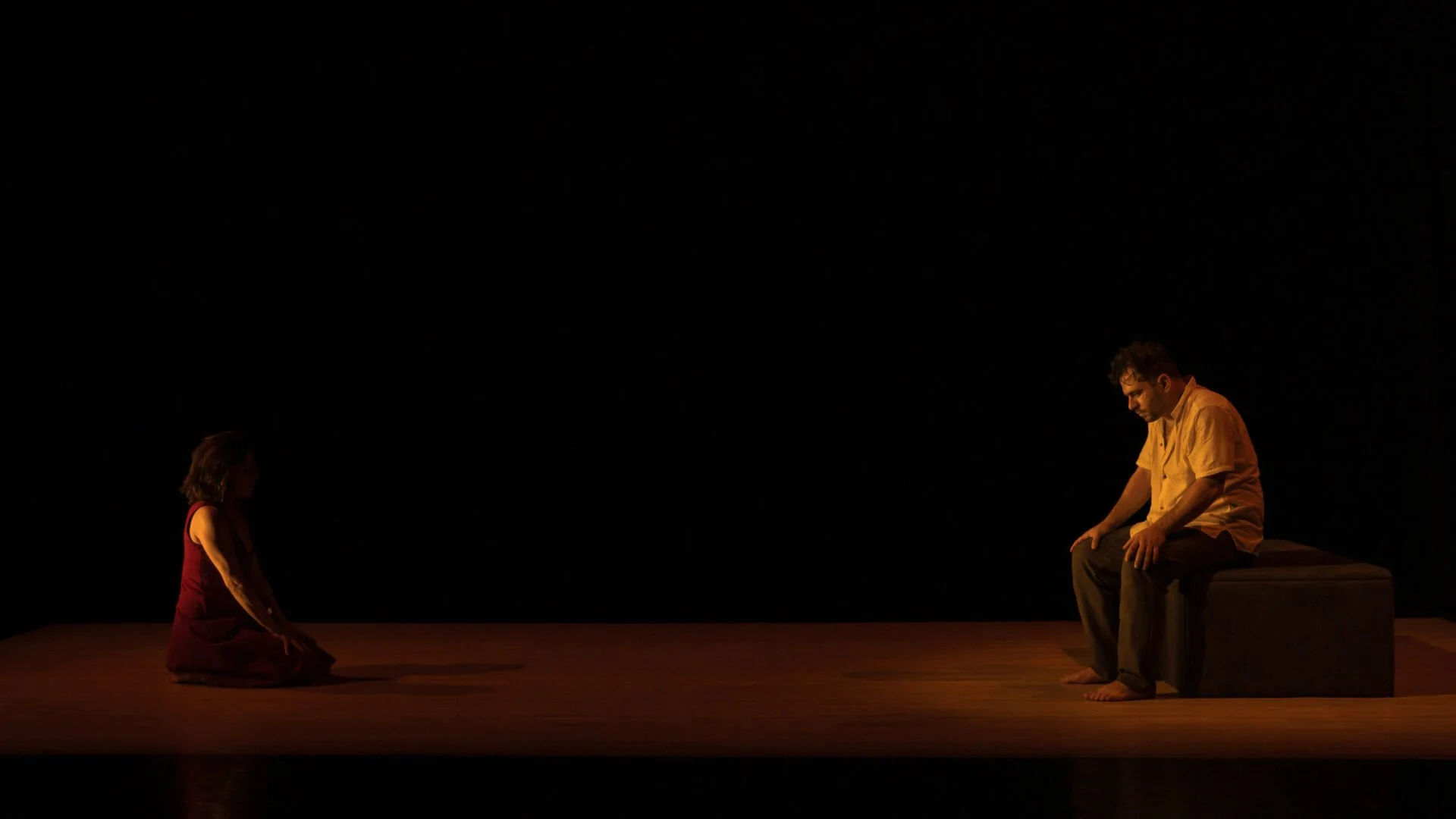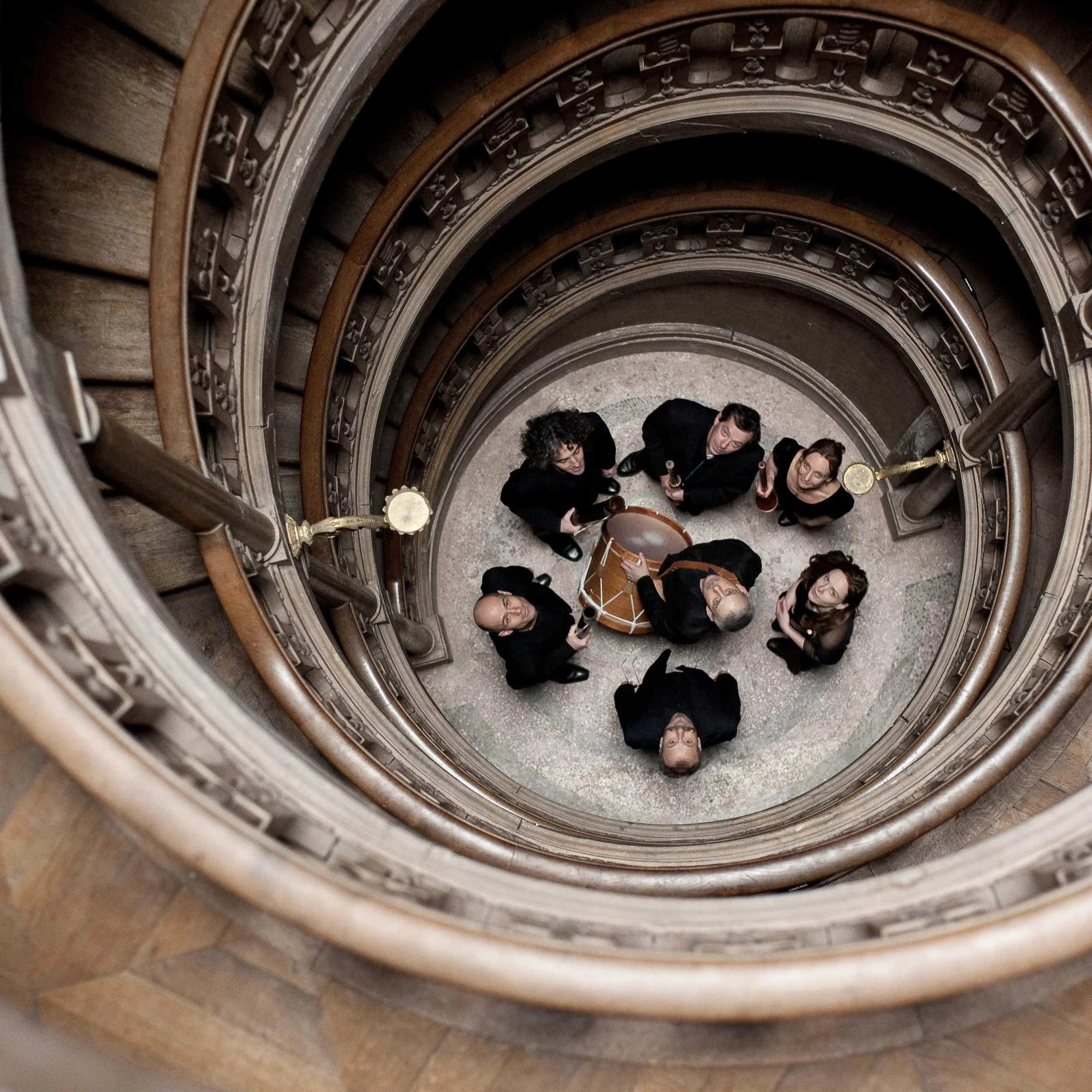Canada’s dance community calls on federal government to increase funding to the arts
As part of the Canadian Arts Coalition’s national call to action, the Canadian Dance Assembly has launched an advocacy campaign

OURO Collective performing 7y98D. Photo by Elias Djemil-Matassov
THE CANADIAN DANCE Assembly has launched an advocacy call to action as part of a national collective effort to communicate with federal politicians about the need to increase funding to the arts.
“This is important right now because the sector is in crisis,” Karla Etienne, executive director of the Canadian Dance Assembly, says in an interview with Stir. “People want to show their work but really lack the funding to do it. The budget of Canada Council [for the Arts] doesn’t reach the needs of the sector and we really think that it’s very important to do because the sector is vital. There’s a lot of creation going on and dance has a big role to play in social cohesion and in building communities.”
Etienne notes that dance productions are economic drivers, employing scores of people behind the scenes. “It’s like an ecosystem with economic and artistic elements that are essential to the social fabric,” Etienne says. “When we do a premiere we do three or four shows locally but it’s important that we can meet our public in different areas of Canada.”
As estimated by the Canadian Arts Coalition, the government will allocate approximately 0.94 percent of its expenditures on arts, culture, and heritage in 2024-25. This means it will distribute $1,862,357,369 to the Department of Canadian Heritage and $365,758,160 to Canada Council for the Arts during that time period. As part of a national movement launched by the Canadian Arts Coalition, the Canadian Dance Assembly is calling for the federal government to permanently allocate at least one percent of its overall spending toward arts, culture, and heritage every year.
To achieve this for the 2025-26 fiscal year, the government should increase its allocations by $270 million; specifically an increase of $140 million to the Canada Council for the Arts, and an increase of $130 million to the Department of Canadian Heritage, according to the Canadian Arts Coalition.
The $140-million rise in funding to the Canada Council for the Arts would allow for bolstered creation and production grants to individual dance artists and would also provide meaningful support for touring, which often serves as a core revenue stream necessary to sustain essential production activities that keep companies active and cultural workers and artists employed.
“What we do is vital to the economic, social, and cultural health of our communities,” Etienne says.

Charlotte Newman. Photo by Carla Alcántara
Vancouver’s Charlotte Newman, general manager of New Works and the CDA’s service and support standing council chair, notes that time is of the essence.
“The Canadian Dance Assembly is calling dance artists, arts workers, and audiences to action to urgently share their impact stories of the arts funding crisis now because pre-budget consultations are underway,” Newman tells Stir. “With a federal election around the corner, the funding levels that are set this year are positioned to have a significant and lasting impact on federal arts funding for years to come. As the dance community moves out of the shadow of the pandemic we have emerged into a landscape of higher financial precarity, stagnant and decreased funding, and increased risk.
“From organizations to freelance artists, the Canadian dance sector is in crisis; there is no funding stability upon which to exist, let alone grow,” Newman adds. “These realities mean artists and organizations, including New Works, are not only shifting and decreasing activities now, but shrinking our vision of what the future could be. Funding right now, or lack thereof, impacts both dance being created today and the potential of dance to be created into the future.”
Newman echoes Etienne’s thoughts on the power of dance to connect communities.
“Dance has the power to reach across culture, language, and community to offer up collective shared experience,” Newman says. “It invites us to witness and engage in stories and experiences beyond our own lived realities. From gathering in the studio to gathering in the audience, dance brings us together to experience the intangible and value art as a necessity for a rich, thriving, and empathetic society.” ![]()
Gail Johnson is cofounder and associate editor of Stir. She is a Vancouver-based journalist who has earned local and national nominations and awards for her work. She is a certified Gladue Report writer via Indigenous Perspectives Society in partnership with Royal Roads University and is a member of a judging panel for top Vancouver restaurants.
Related Articles
Company 605 and T.H.E Dance Company push cross-Pacific team of dancers to embody a society rushing toward the next thing, at the Scotiabank Dance Centre
The Dust Palace’s cabaret send-up stars a visionary fashion designer who sews costumes live onstage at The Cultch
Canadian-Brazilian interdisciplinary artist brings together film and dance in a work that can be enjoyed from different angles at the Roundhouse
Marco Goecke, Crystal Pite, Sharon Eyal, and Fernando Magadan provide a whirlwind of short work for tomorrow’s next dance stars
Presented with Boca del Lupo, the accessible production by the U.K.’s Seven Circles encourages interactive learning
Aussie troupe Gravity & Other Myths’ stripped-down spectacle has been a hit around the world
Senior dance artists offer decades of insight to the new event’s joyful collaborations with younger performers
Bobbi Jene Smith and Or Schraiber share a full-evening work, and hit productions of Crystal Pite’s Frontier and Shahar Binyamini’s BOLERO X return
In the midst of an international career, the Kidd Pivot dancer is setting a short Crystal Pite work for the student showcase
Moroccan and Spanish choreographers join the international contingent of event that runs at Firehall Arts Centre and SFU Woodward’s
With the Vancouver Latin American Cultural Centre, artists Marco Esccer and Carla Alcántara celebrate the centenary of the feminist writer’s birth
Powerful dancing across the board in Medhi Walerski’s striking Last light; Bobbi Jene Smith and Or Schraiber’s straight-from-the-heart Obsidian; and Marco Goecke’s vibrating Woke Up Blind
As part of Asian Heritage Month, the gallery’s first performers-in-residence use old-school radios and headlamps in a new piece that fuses dance, multimedia, and theatre
The Dance Centre prizes carry $5,000 in funding for each artist
Fifth edition of uncurated program provides a welcoming space for artist’s first dance-theatre piece
Tickets on sale today for a Simran Sachar–Justine A. Chambers choreographic collab, comedian Kiran Deol, and Indian classical music star Alam Khan
Batsheva Dance Company alumni’s fascinating journey around the globe and onscreen finally brings them to Vancouver with Obsidian
In a surreal and outstanding conclusion to the DanceHouse season, the Belgian company warps time and gravity, toying inventively with cinematic tropes
Vancouver Playhouse performances feature choreography by Crystal Pite, Marco Goecke, Sharon Eyal, and more
New Works hosts screenings, while the Dance Centre presents performances by the likes of Vanessa Goodman, Dance//Novella, and Lesley Telford
Ashvini Sundaram takes second place in prize presented by The Hawthorne Foundation and DanceHouse
At The Cultch’s Warrior Festival, circus performers alternate between base and flyer, dismantling long-standing assumptions
Program features Vanessa Goodman/Action at a Distance, Dance//Novella, Karen Jamieson Dance, and more
Olivier Award–winning dance-theatre troupe blends physically pummelling choreography with surreal worlds that blur reality and fantasy
Former National Ballet of Canada artistic director reflects on his 2008 duet as Plastic Orchid Factory gears up to present its revival
Program includes a new creation from a sought-after choreographic duo, a remount of an acclaimed work, and a world premiere from Medhi Walerski
Vancouver choreogapher Crystal Pite has won previous Oliviers for Revisor, Betroffenheit, and Flight Path
Early Music Vancouver program features a piffari, or wind band, accompanied by the early dances of French and Italian court festivities
Offerings also include Hungary’s circus-dance company Recirquel, as well as Robert Lepage and Guillaume Côté’s visually striking take on Shakespeare’s Hamlet
Belgian dance-theatre company invites audiences on a thrilling and disorienting journey into the subconscious

































